
Low expectations for high life in Swiss mountain huts
Swiss Alpine huts are not exactly putting out the welcome mat, warning that visitors can only come if they bring a mask, disinfectant, and their own sleeping bag liners. Strange times call for strange measures, and mountain refuge operators say they are happy to at least open their doors again.
The huts were included among the businesses which the government allows to reopen from May 11, offering the kind of cosy, full-service lodging found in few other of the world’s mountain ranges.
There are approximately 250 huts in Switzerland, part of a network across the Alps numbering about 1,200. They provide beds for tens of thousands of hikers and climbers, often in cramped dormitories where elbow room is at a premium. That, of course, will now change, since social distancing must also be respected in sleeping quarters.
What can be seen as good news for the guest spells financial trouble for the host, since they have high costs operating and maintaining lodgings in often hard-to-reach, elevated places. And their profit margins are low even in the best of seasons when they have to lay out additional mattresses on dining room floors to accommodate everyone who comes knocking.
Only half full
Christian Wäfler, the hut warden of the Lämmeren hut (see photo gallery), told swissinfo.ch that he expected only a 50% occupancy rate this summer, and yet has had to invest more money than usual in order to pay for additional safety measure including the purchase of plexiglass barriers to put up between tables.
The Lämmeren hut, which sits high above the Gemmi Pass connecting the Bernese with the Valais Alps, is still recouping its CHF2.5 million ($2.57 million) investment for a major renovation carried out in 2017.
The hut owners are for the most part local sections of the Swiss Alpine Club (SAC-CAS). The SAC-CASExternal link is financed largely through the annual fees paid by its 150,000 members as well as income from organised tours and courses it runs; teaching climbing and backcountry skiing techniques, mountain rescue skills and an assortment of other crafts.
Part of the income is set aside for hut renovations, but less money will be available this year due to the forced closure of the lodges in spring. That led to a loss of about CHF7.5 million, according to a recent report by the Swiss public broadcaster, SRF.





























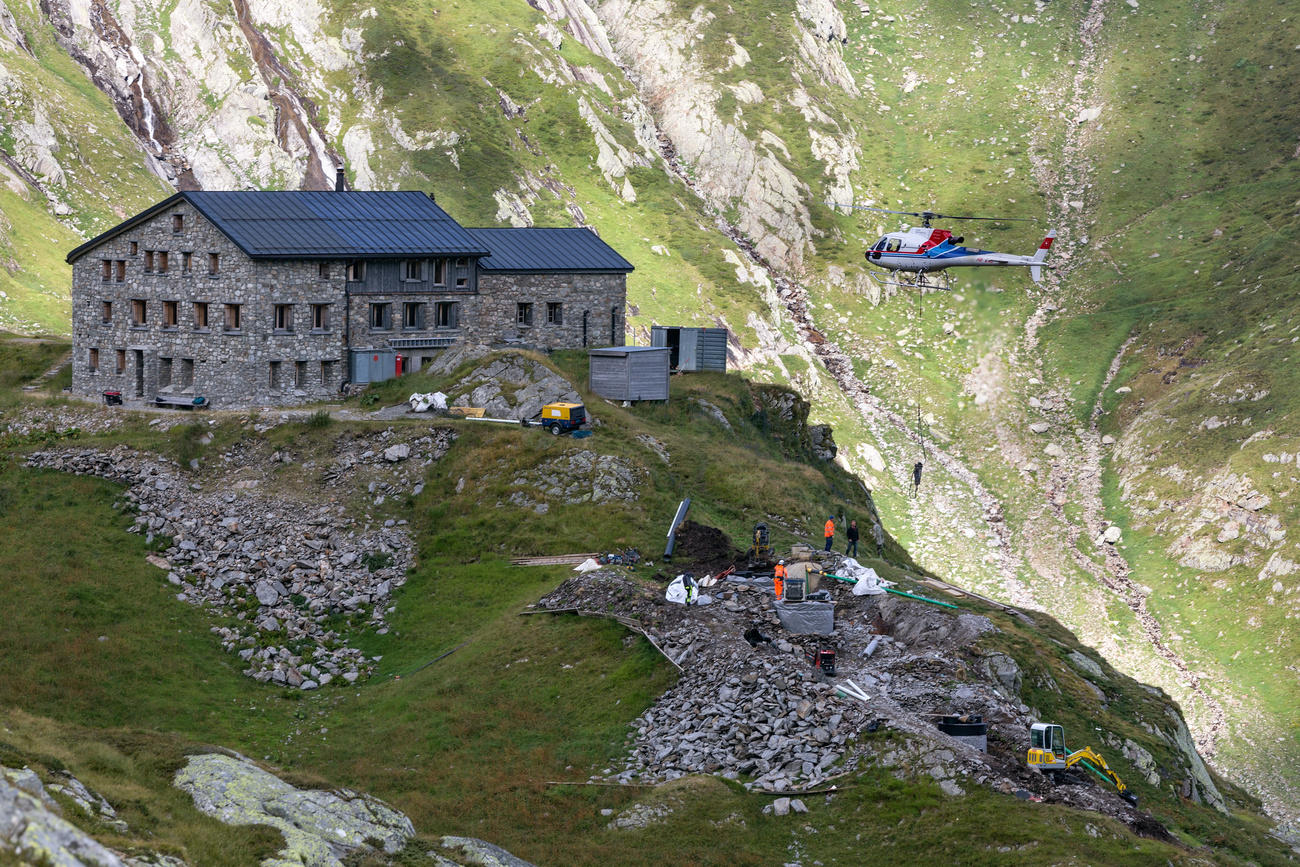

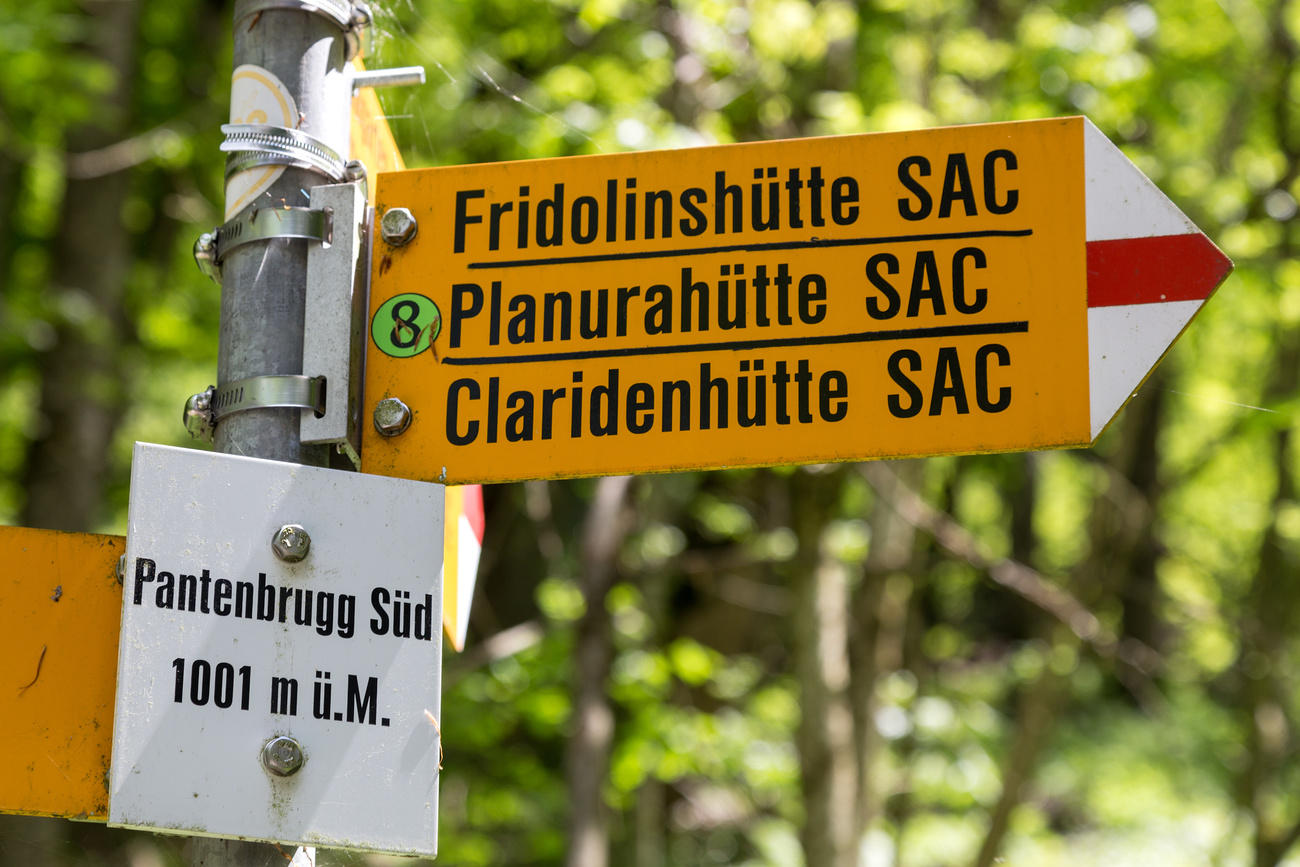

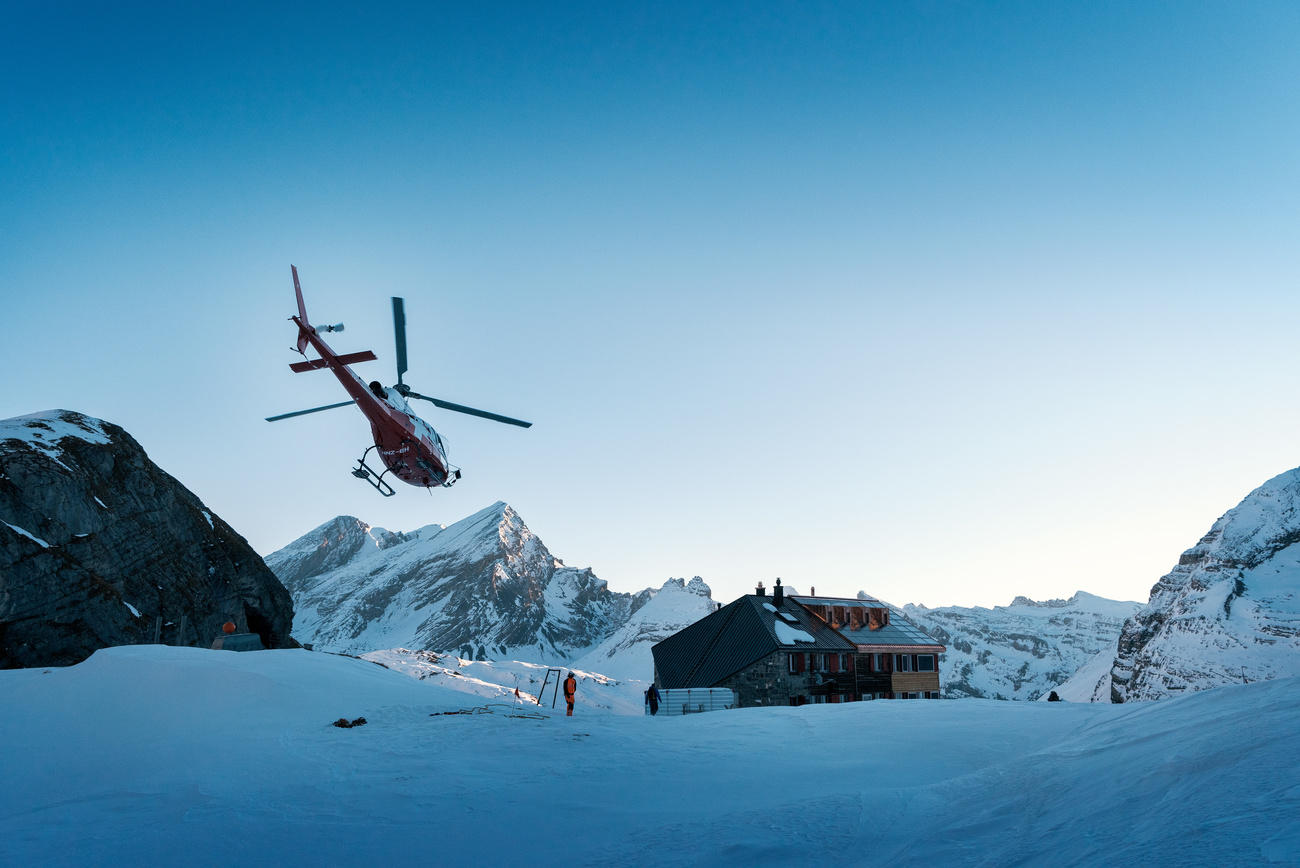
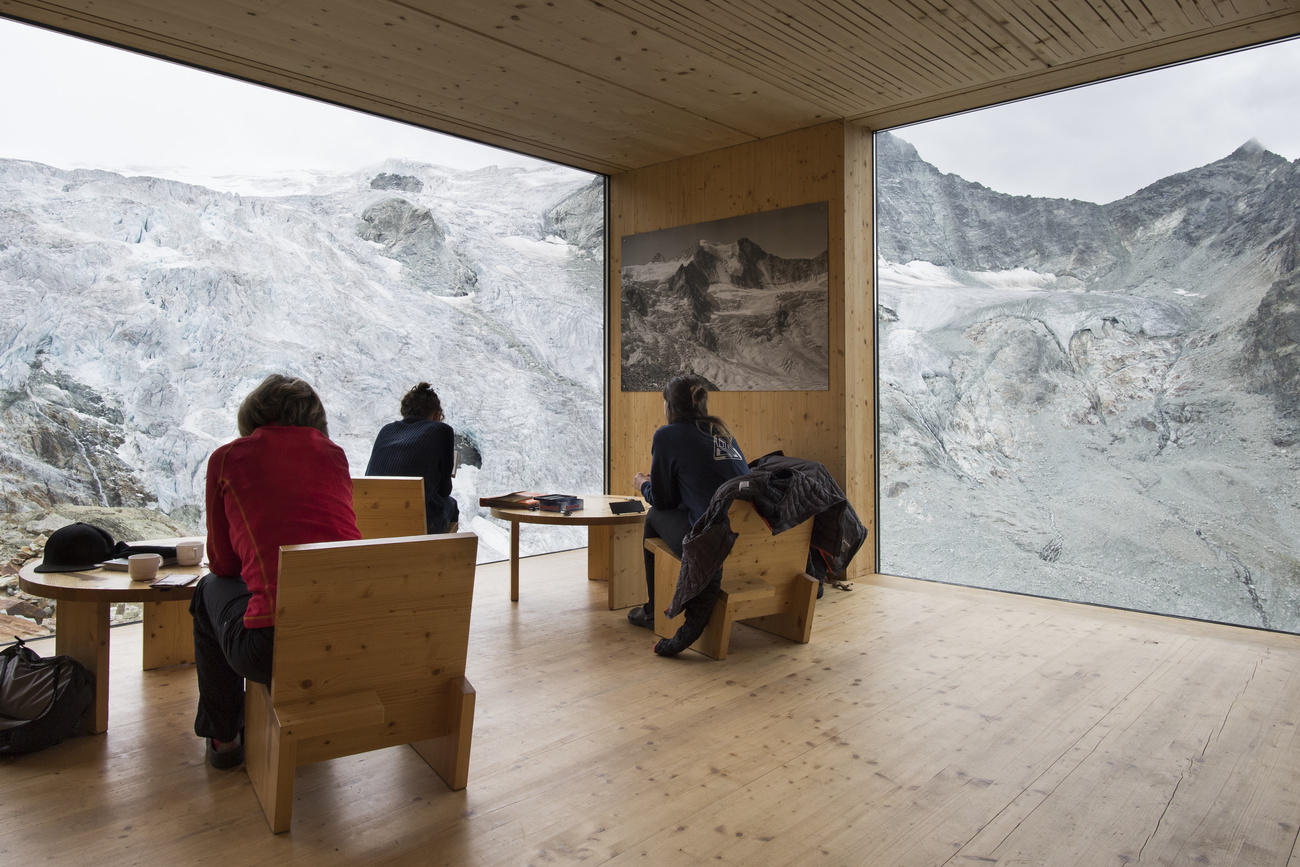
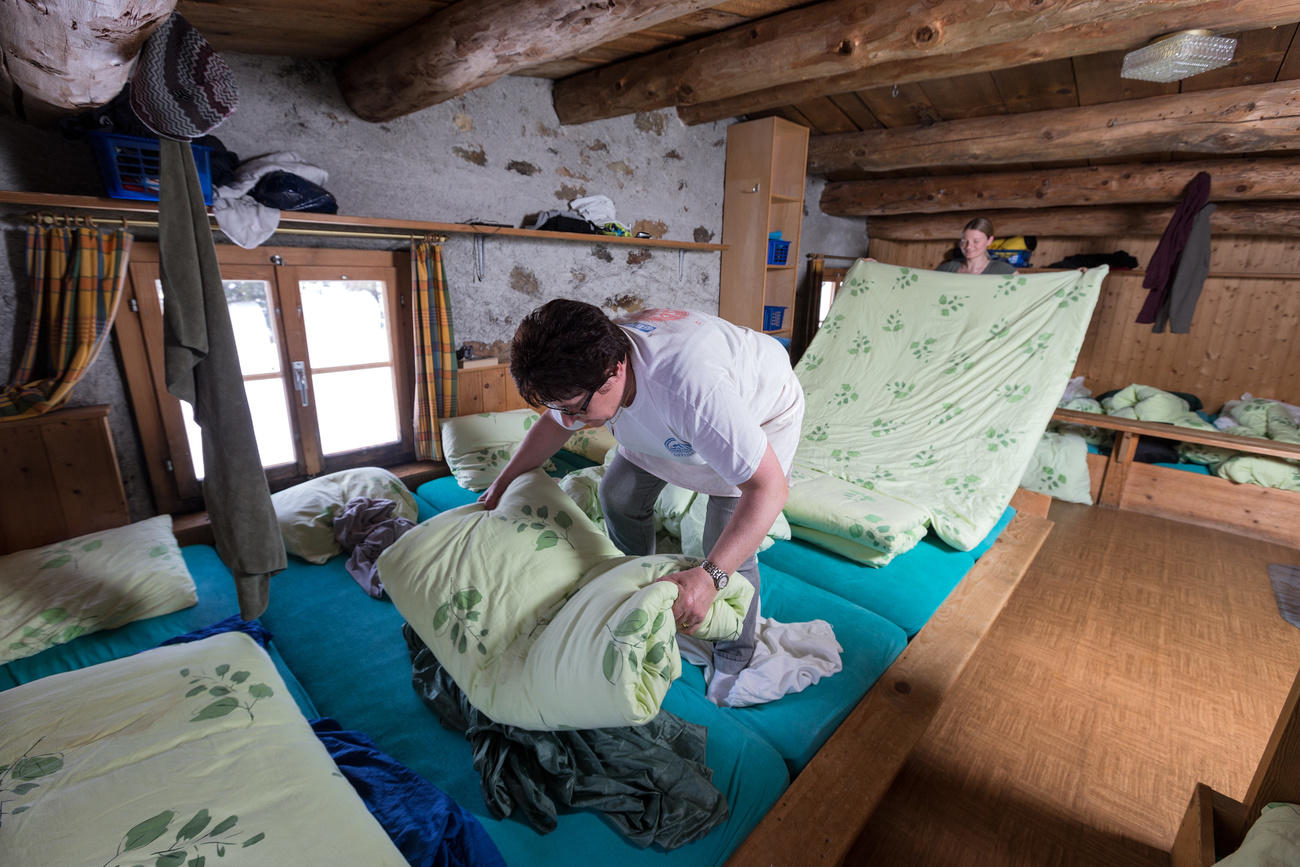
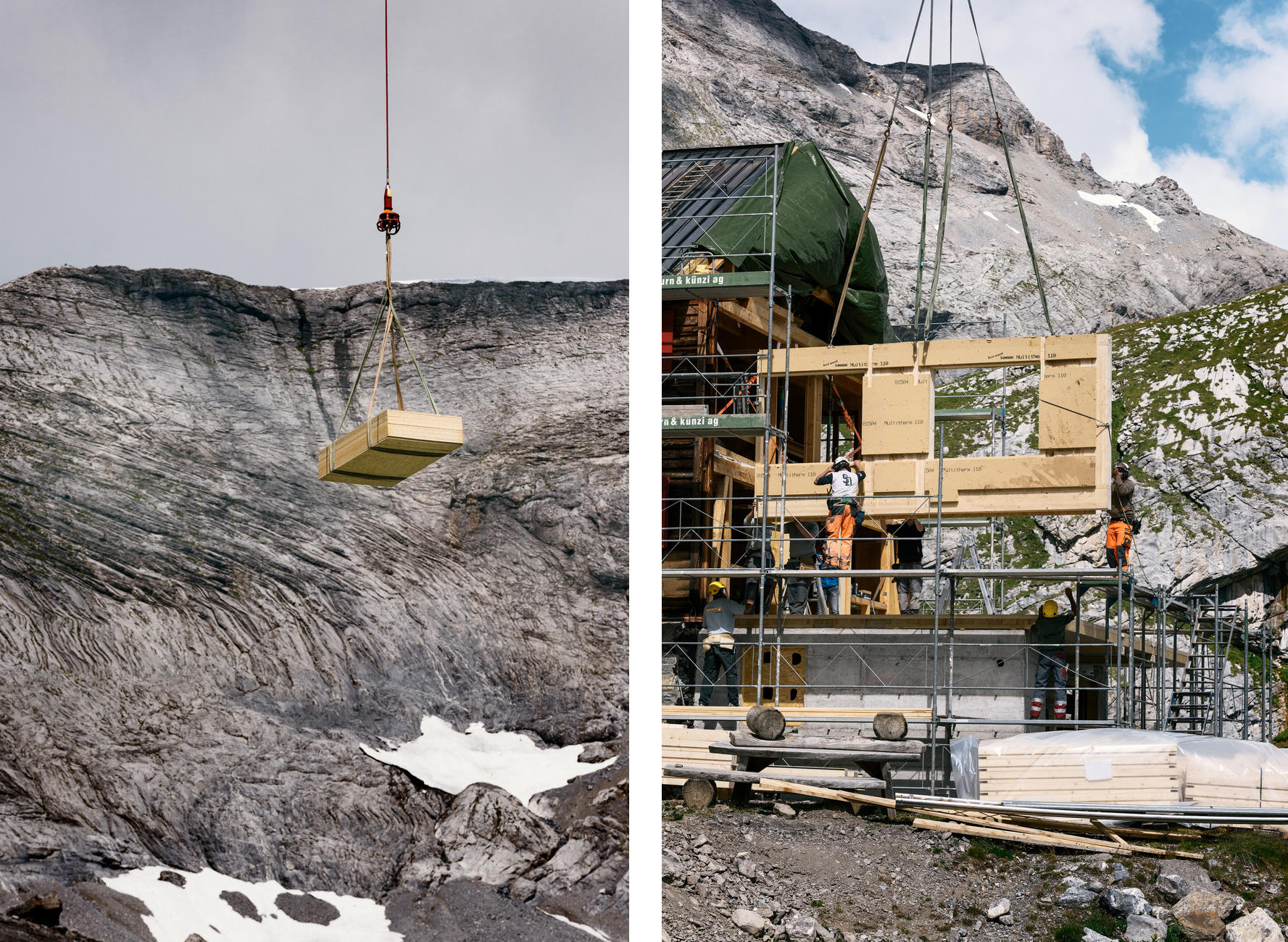
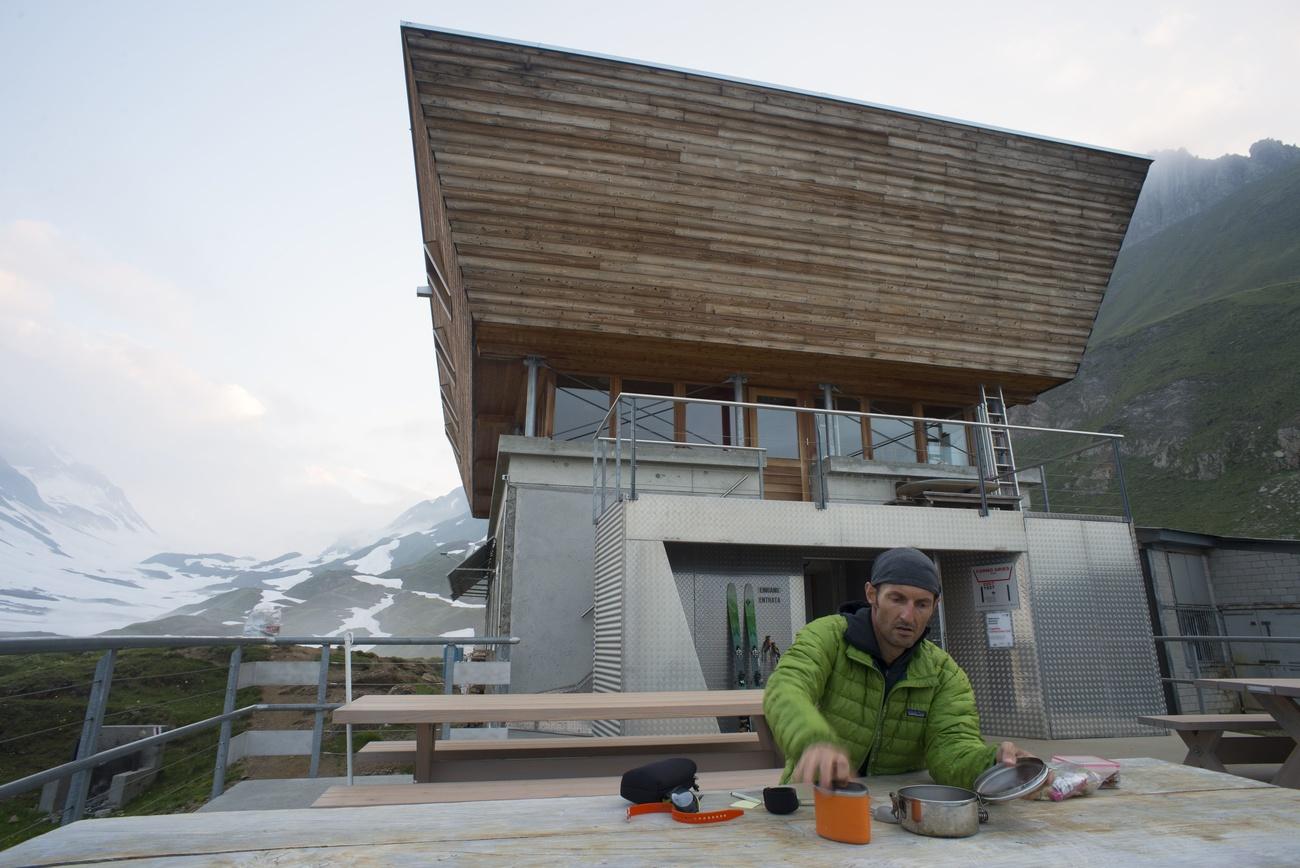
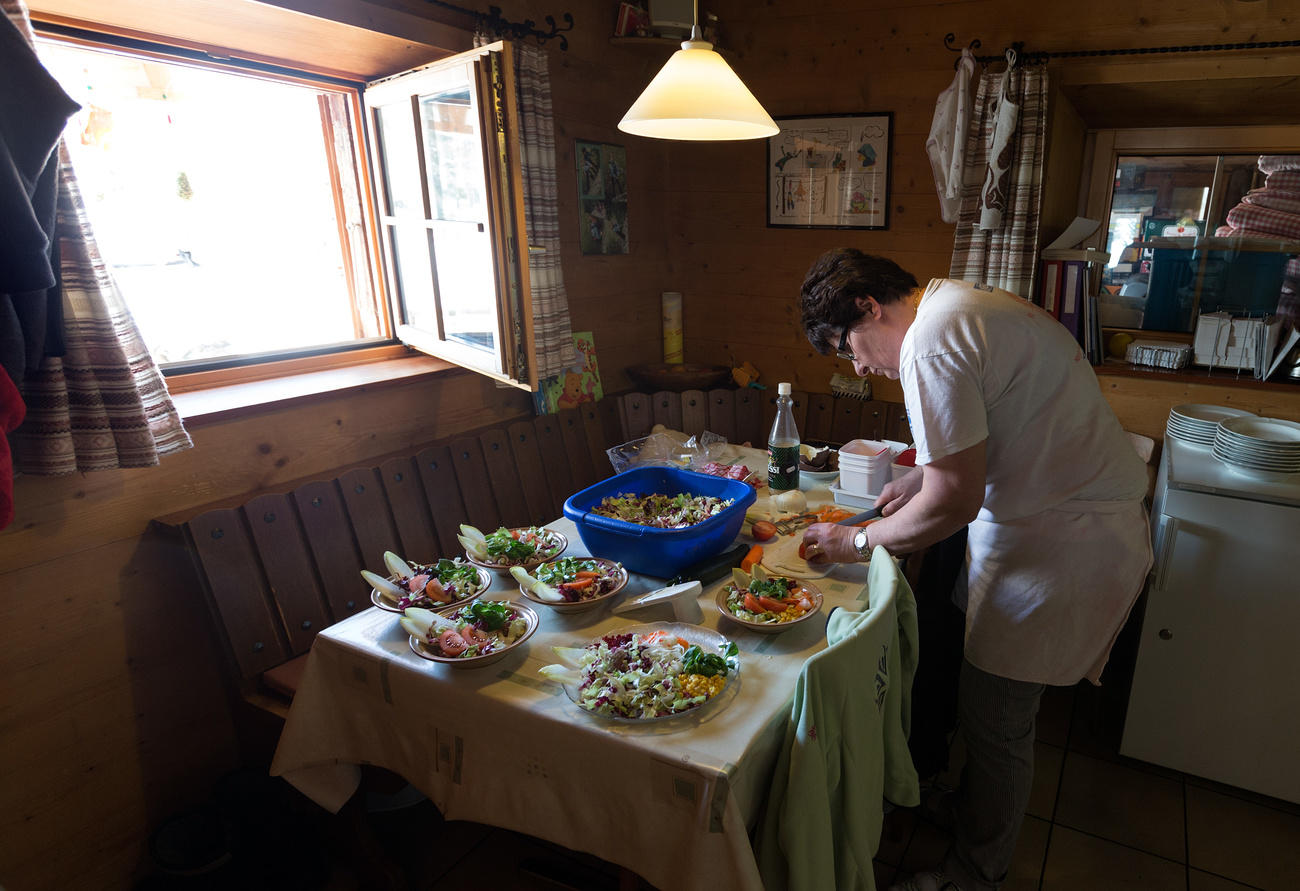
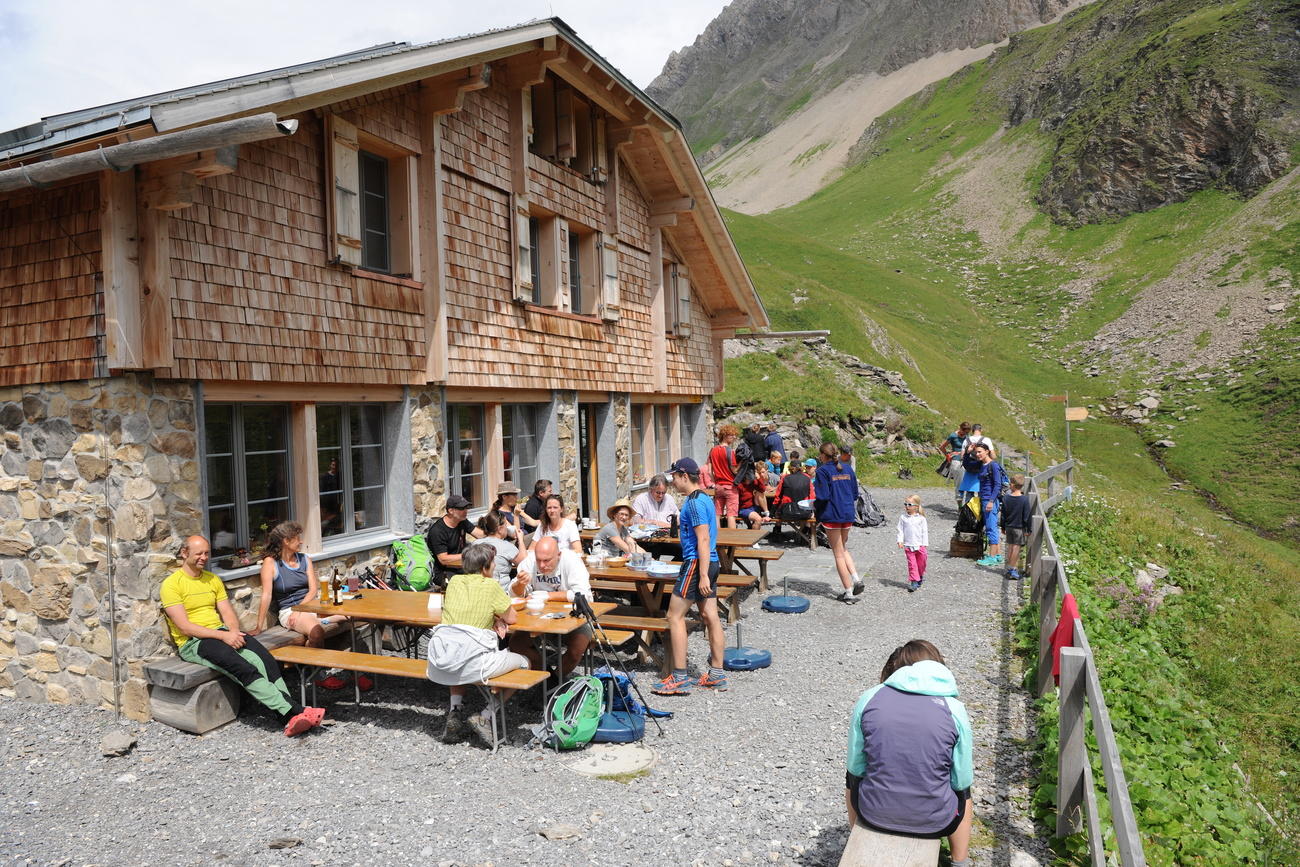

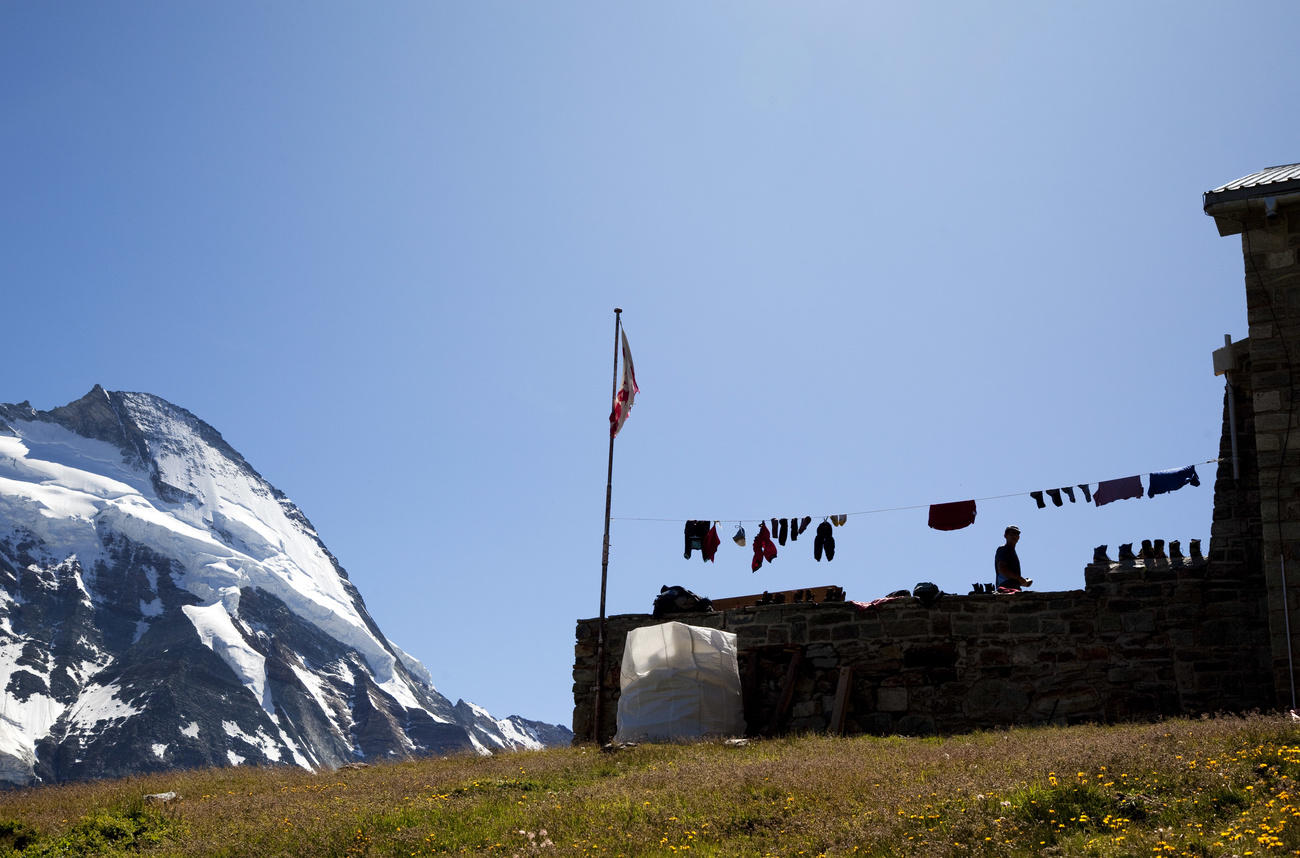




You can find an overview of ongoing debates with our journalists here . Please join us!
If you want to start a conversation about a topic raised in this article or want to report factual errors, email us at english@swissinfo.ch.